Concrete core drilling is a common activity on worksites across the country. On many projects, the people performing this work are trained experts who specialize in the manipulation of concrete and masonry. However, plumbers, electricians and other construction or renovation professionals may also carry out core drilling procedures on a routine or occasional basis. No matter who takes the controls, successful operators maintain their safety margins by following certain tips and operating guidelines.
1) Select the Right Drill for the Job
There are two main categories of core drills: handheld models and larger units mounted on a heavy-duty rig or stand. If you plan to drill a hole no more than three inches in diameter, a handheld unit will typically get the job done. However, safe and accurate drilling of any hole with a diameter larger than three inches will require the use of a stand- or rig-mounted model. Some manufacturers produce hybrid drills that are well-suited for handheld work and stand-mounted work.
2) Choose the Right Drill Motor Option
Core drill motors come in three power formats: air, electric and hydraulic. Each of these formats has its own pros and cons. As a rule, two factors will determine which type of motor will best suit your needs. The first consideration is the type of power source available at your worksite. For example, if you normally work on jobs with a ready supply of electricity, it may make sense to buy an electric drill. When assessing safety, you must also consider the nature of your typical work environment (e.g., allowable noise level, indoor vs. outdoor setting).
3) Choose the Right Stand Attachment
Concrete core drilling is sometimes performed on horizontal surfaces. However, in many cases, the task at hand requires working on vertical or angled surfaces. Each of these situations calls for the use of a different type of attachment for stand-mounted drills. When working on a flat or slightly angled surface, you can use an attachment called a vacuum stand. This type of stand relies on the power of suction to stick firmly in place while you drill. When working on a vertical or highly angled surface, you’ll need to secure your core drill in place with devices called wall anchors. Regardless of the type of attachment in use, professionals often rely on additional safety chains to minimize the risks for accidental drill slippage.
4) Choose the Right Drill Bit
Diamond-tipped bits are industry-standard equipment for concrete core drills. All bits of this type have cutting surfaces made from a heat-cured mixture of industrial diamonds and powdered metal. In some cases, the bond between the cutting surface and the bit hub is quite strong. However, manufacturers also make bits with a relatively soft bond.
Two factors determine which type of diamond bit works best on a given core drilling job. First is the hardness of the aggregate material (e.g., stone or sand) used to make the targeted concrete surface. In addition, core drill operators must consider the surface’s compressive strength, or psi. While it may seem contradictory, when drilling through tougher surfaces, professionals will choose a bit with a soft bond. When drilling through softer surfaces, they’ll opt for a bit with a harder bond.
5) Keep the Depth of the Required Hole(s) in Mind
When creating holes up to a foot in depth, you can safely complete your task with a drill outfitted with nothing more than a standard diamond bit. However, for deeper holes, you’ll need to add accessories called barrel bits to your operator’s toolkit. When attached to your drill, these bits function as extenders and allow you to penetrate further into the targeted surface. Just use the type of barrel extender needed to reach your required depth.
6) Make Safety Your Top Priority
Time is money in the construction and renovation industries. Despite this well-known adage, safety must remain a top priority for anyone operating a concrete core drill. Key steps to take include:
- Wearing goggles at all times
- Wearing earplugs to prevent hearing damage
- Wearing gloves to prevent hand injuries
- Investing in the right type of drill for your project
- Investing in the right type of drill bit for your project
- Making sure you read and understand the operator’s manual for the drill you use
Depending on your work environment, you may also need to take additional, site-specific steps to reduce risks for accidents and injuries.
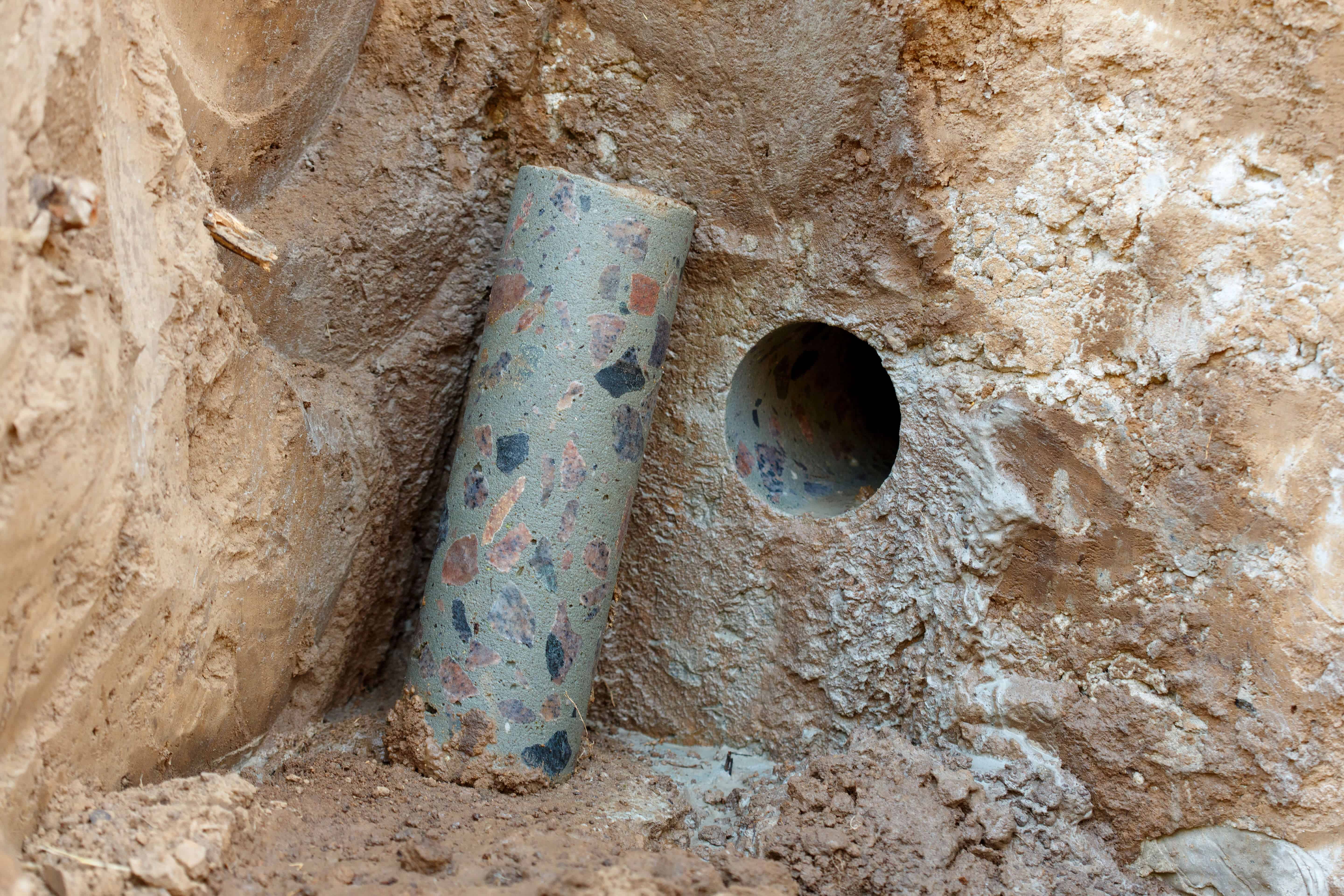
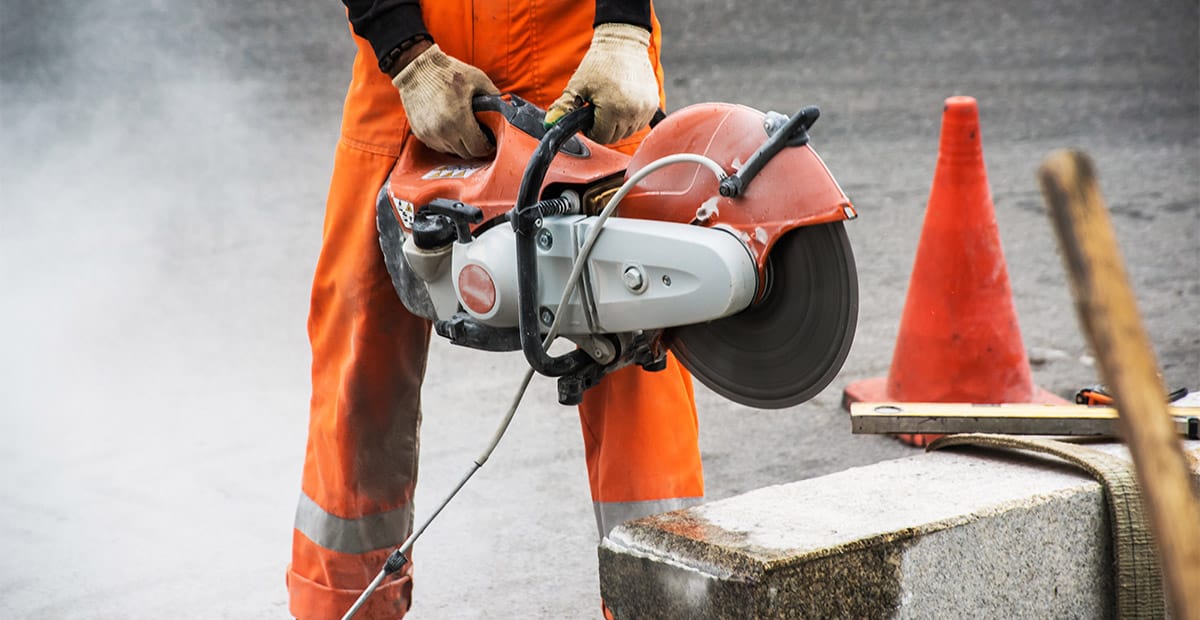
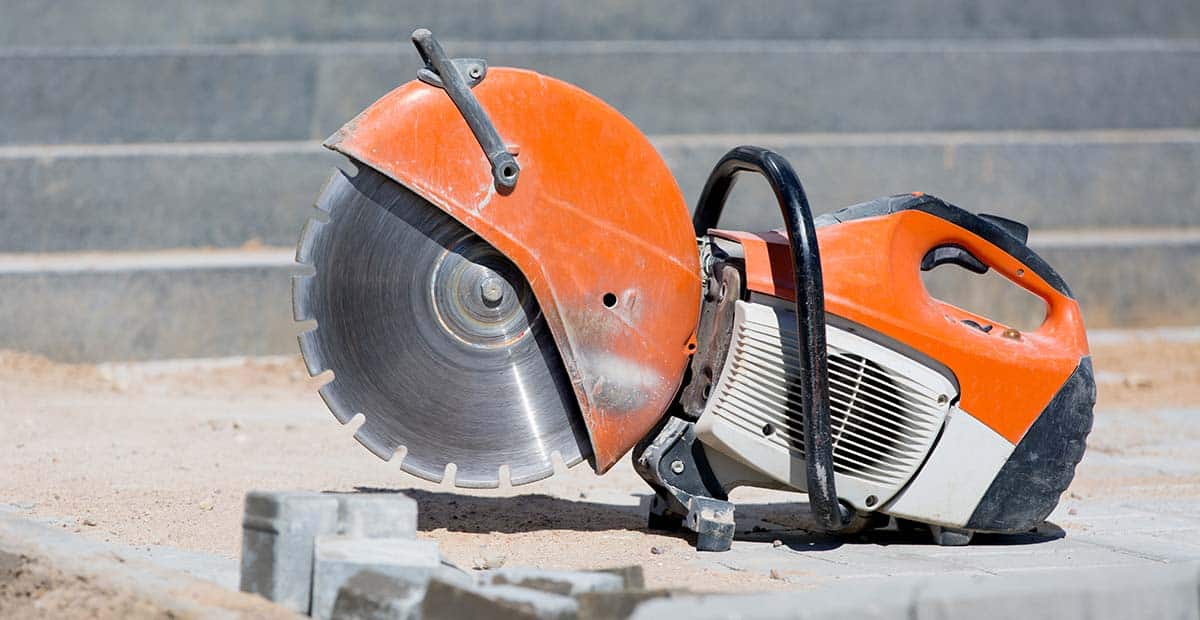
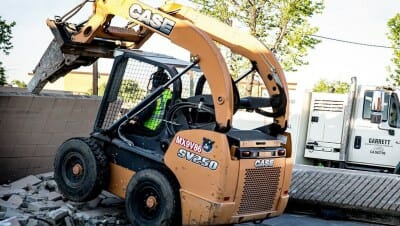

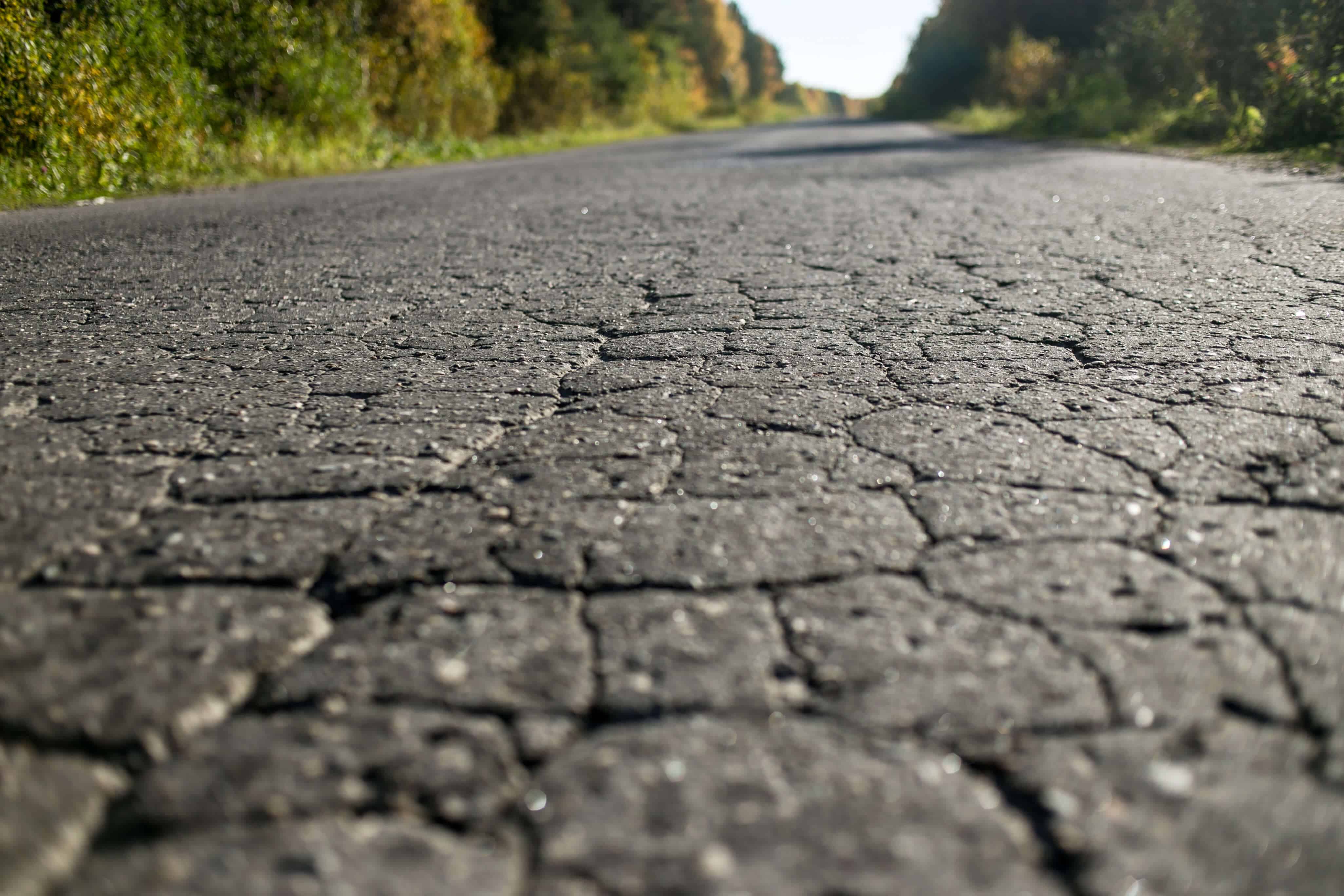
You got me when you said that you can prevent hand injuries if you will wear gloves while concrete core drilling. My husband is planning to rent some concrete tools because he wants to create holes on our concrete walls to decoratively enhance the appearance of our house. He said that he’s planning to rent concrete saw and other tools. I will share this with him to keep him safe.
My older brother recently told me that he was interested in getting some holes drilled for an industrial project that he is interested in, and I am in the firm belief that your article would be beneficial for him to read. In particular, the part where you mentioned how it is important to select the right drill for the job in mind was something that I admittedly had not considered. I’ll be sure to contact a professional to ensure that my brother can get the help he needs.